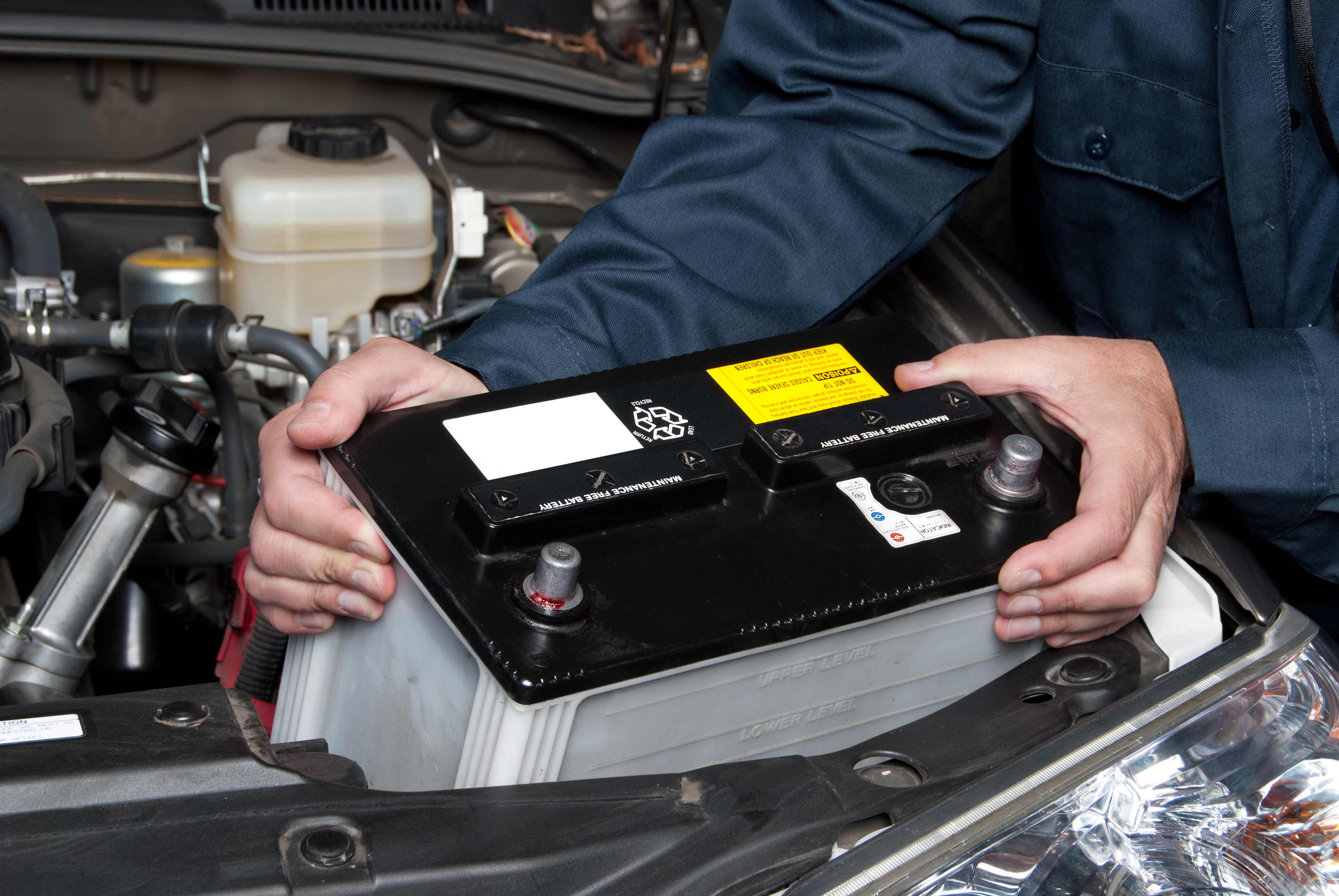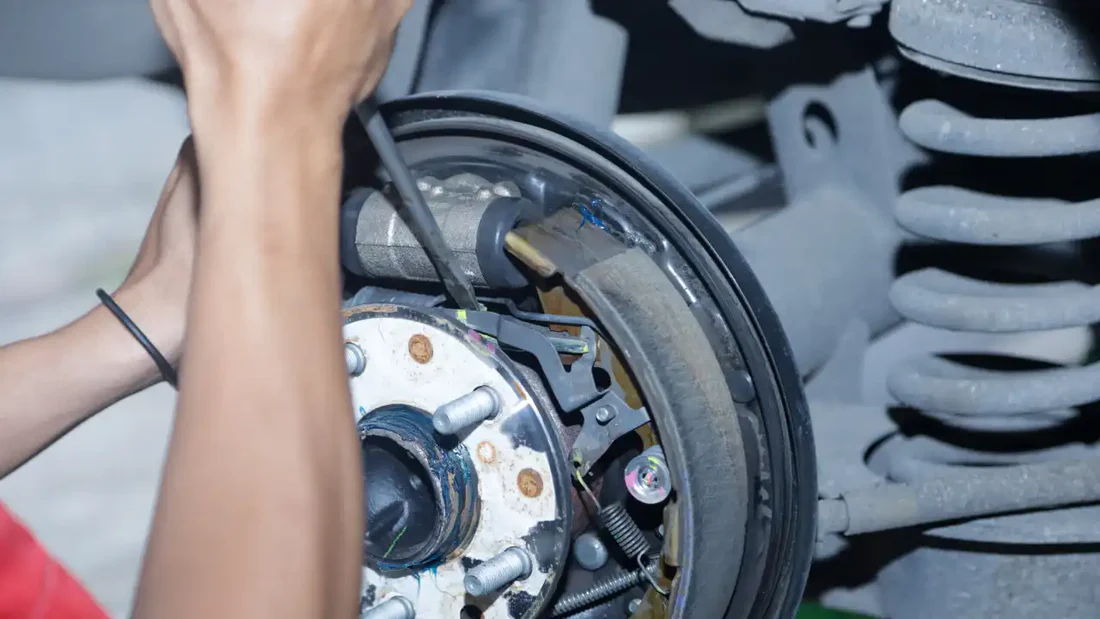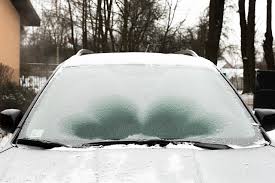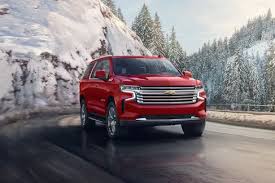Introduction to Winter Driving
Wisconsin winters aren’t just cold—they’re a whole different driving experience. When the temperature drops below freezing and snow starts piling up, your car faces challenges that can test even the toughest Chevy. From icy roads to slushy mornings and surprise temperature swings, harsh winter weather demands more from both you and your vehicle. That’s why a little preparation goes a long way. Taking action before the first big storm means you’ll stay safer, warmer, and less likely to get stranded when the roads get slick. Whether you’re commuting in the dark or heading out for a weekend up north, winter car care is about more than just comfort—it’s about security and peace of mind all season long.
1) Tires = the whole game
Winter tires > all-season when roads are icy. AWD/4×4 helps you go, winter tires help you stop/turn.
Check tread (≥4/32”) and set pressure to the door-jamb spec—pressure drops about 1–2 PSI for every 10°F. Cold weather can affect tire pressure and vehicle handling, so it's important to monitor and adjust tire pressure regularly during winter. When inflating tires, begin by ensuring a secure connection between the compressor fitting and the valve stem for accurate inflation. Tip: Check the edge of the tread or rim for proper tire inspection.

2) Battery + charging system
- If your battery is 3+ years old, get it load-tested.
- Clean terminals, tighten clamps, and make sure the ground strap isn’t crusty.
- Short trips? Give it a longer drive weekly to keep charge healthy.
Battery temperatures can drop in extremely cold weather or rise in hot conditions, which may limit certain vehicle features. Some features may be limited when battery temperatures are outside the ideal range. Refer to your owner's manual for more details on battery performance and feature limitations in extreme temperatures.
3) Coolant & heat (Dex-Cool life)
- Verify the coolant level and freeze protection; top with the correct Dex-Cool-spec only—don’t mix types.
- Confirm heater/defroster performance and that the cabin air filter isn’t clogged.
- Engine temperature sensors and ambient air sensors help the heating system respond to changing conditions, ensuring optimal performance in cold weather.
- The source of temperature readings, such as the ambient air sensor in the mirror or engine sensors, can affect how quickly the system heats up.
- If the heater shuts off unexpectedly or you notice irregular heating, check the relevant sensors for faults or wiring issues, and consider whether you need to unplug a faulty sensor for troubleshooting.
4) Oil, fluids, and filters
- Do an oil change if you’re close—fresh oil flows better in the cold.
- Use winter blend washer fluid (de-icer) and new wiper blades (beam or winter style).
- Check brake fluid, transfer case/diff fluids on 4×4 trucks, and top off as recommended.

5) Brakes & stopping power
- Have technicians perform a thorough inspection of brake pads and rotors before winter; fix pulsation or pulling now, not in a January parking lot.
- Make sure ABS warning lights are off and sensors are clean.
6) Salt defense (Wisconsin special)
- Get a pre-winter wash + wax/sealant.
- Do regular underbody rinses after storms.
- Rubber floor liners and a cargo tray save interiors from brine.
7) Lights, glass, visibility
- Replace dim headlamp bulbs in pairs; clean cloudy lenses.
- Keep a scraper/brush on board; don’t use wipers as ice chisels.
- De-fog hack: use A/C with heat to dry the air faster.

8) Remote start & warm-up etiquette
- Remote start is a W—use it to defrost and clear glass.
- For best efficiency, heat the vehicle prior to driving, especially when it's plugged in.
- No need to idle forever: 2–5 minutes is enough, then drive gently to warm everything evenly.
9) AWD/4×4 & drive modes (Chevy specifics)
- Auto/4HI for traction; 2HI for dry pavement.
- If your Chevy has Snow/Ice mode, use it for smoother throttle.
- Practice engaging/disengaging 4×4 in a safe lot so you’re not guessing in a storm.
- Your Chevy's advanced drive modes enhance its capability to handle winter conditions, providing reliable performance even in harsh weather.
10) Build a smarter winter kit
- Blanket, gloves, hat, chem hand warmers
- Jumper pack or quality cables
- Small shovel + traction aid (sand/kitty litter)
- High-powered flash for emergencies, phone charger, snacks, water
- Tire inflator + gauge, fuses, spare wiper, scraper
Electric Vehicle Considerations
Driving an electric vehicle in Wisconsin’s winter means planning ahead for the cold. Below freezing temperatures can slow battery performance and reduce your EV range, especially when the mercury dips into the single digits. To get the most out of every charge, pre-condition your cabin while the car is still plugged in—this uses grid energy instead of draining your battery. Rely on heated seats and steering wheels for comfort, since they use less energy than blasting the cabin heat. If your Chevy EV is equipped with a heat pump, make sure it’s set up for maximum efficiency. Always start with a full charge before heading out, and leave extra margin for unexpected delays or detours. Keep your charging cable and port clear of snow and ice, and reference your owner’s manual for any model-specific winter tips. With a little planning, your electric vehicle is engineered to handle the cold—just remember that range and charging times can change when temperatures drop.
Eco-Friendly Driving
Winter doesn’t have to mean wasting energy. Whether you drive a gas-powered Chevy or an electric vehicle, a few smart habits can help you stay green even when it’s cold. Keep your tires inflated to the recommended pressure—low tire pressure from cold air can increase rolling resistance and burn more fuel or battery. Limit idling to just a few minutes; modern engines and EVs warm up best when you start driving gently. Use eco climate or energy-saving modes for cabin heating and cooling, and dress in layers so you can keep the temperature lower without sacrificing comfort. Regular maintenance—like changing filters and using the right fluids—helps your vehicle run efficiently no matter the weather. Every little bit counts, so drive smooth, plan your trips, and keep your Chevy running at its best all winter long.
Model-Focused Quick Tips
| Silverado / Sierra (Chevy trucks): | Equinox / Blazer / Traverse: | Trax / Trailblazer (small SUVs): | Bolt EUV / EV owners: |
|
|
|
|
One-Hour Pre-Storm Checklist
- Top washer fluid (winter blend)
- Set tire pressures to door-jamb spec
- Test lights, defrosters, heated mirrors
- Clear out trunk junk; load winter kit
- Quick underbody rinse if roads are salty
- Full charge / full tank
FAQs
Do I still need winter tires with AWD?
If you drive during active snow/ice, yes—they shorten stopping distances big-time.
How often should I wash in winter?
After storms or at least every 1–2 weeks with an underbody rinse.
TPMS light pops on every cold morning—broken?
Usually just low pressure from the temp drop. Set pressures when tires are cold.
Is long idling better?
Nope. Short warm-up, then easy driving is best.
Conclusion and Final Recommendations
Wisconsin winters are tough, but your Chevy is built to handle the challenge—as long as you give it the right care. From checking tire pressure and battery health to prepping for cold starts and keeping your EV charged, a little effort now means fewer headaches when the snow flies. Don’t wait for the first big freeze to take action: review your owner’s manual, follow these winter car care tips, and make sure your vehicle is ready for whatever the season throws your way. Stay safe, stay warm, and enjoy the confidence that comes from being prepared—no matter how cold it gets this year.


